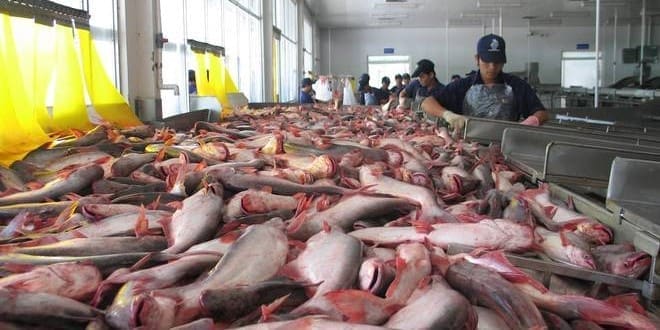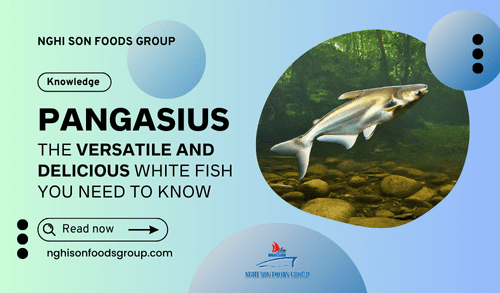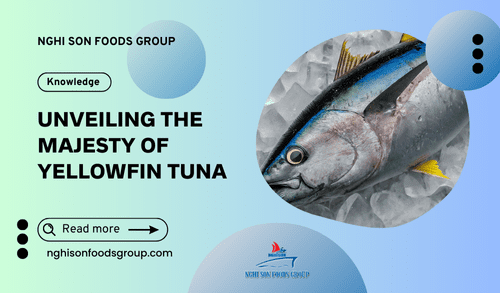Table of Contents
TogglePromising Prospects for Pangasius Exports
Following the latest round of negotiations between Vietnam and the European Union (EU) in Brussels, the Vietnam Association of Seafood Exporters & Producers (VASEP) reported that Vietnam is projected to export 19.5% of its Pangasius fish to the EU and Russia this year. The negotiation resulted in a significant reduction in taxes on pangasius and other seafood products, offering favorable conditions for Vietnamese enterprises.

EU Market and Potential Benefits
The EU was the largest market for Vietnamese pangasius exports in 2014, with an export value of USD 344 million to 151 destinations. However, the export value to the EU declined by 11% in 2019 compared to 2013, accounting for 19.5% of Vietnam’s total pangasius export turnover. Despite these recent declines, Vietnam maintained its position as the leading provider of pangasius and catfish, holding over 95% of the market share in the EU and ranking among the top 12 frozen fish fillet suppliers.
Tariff Reduction and Expanded Opportunities
Currently, the average tariff on frozen fish fillets is 6.88%, while the tariff on frozen pangasius fillets is 5.5%. Under the new trade agreement, both tariff and non-tariff barriers will be lifted, providing Vietnamese processors with increased opportunities to expand their markets, import materials from third countries for processing, and re-export to the EU. This is expected to drive growth and competitiveness for Vietnamese seafood businesses.
Support and Investment from the EU
The new Free Trade Agreement (FTA) will also bring additional benefits in the form of support and investment from the EU. Vietnamese businesses will receive investments and technical transfers to enhance their sustainable access to the EU market, while attracting more foreign investments into Vietnam’s seafood industry.
Customs Union Negotiations and Tax Exemptions
VASEP highlighted that negotiations for an FTA with the Customs Union, comprising Russia, Belarus, and Kazakhstan, are also nearing completion this year. Under this agreement, at least 80% of goods exported from Vietnam to Russia, including fisheries products, will be exempt from taxes. Currently, Russia imposes a tax rate of 5.63% on frozen pangasius fillets from Vietnam.
Market Trends and Opportunities
In 2014, Vietnam’s pangasius exports to Russia declined compared to 2013, with a value of USD 33.24 million. Russia accounted for 1.88% of Vietnam’s total pangasius export turnover. On the other hand, exports to Belarus and Kazakhstan increased, reaching USD 2.09 million and USD 3.14 million, respectively. While these markets constituted a smaller proportion of Vietnam’s pangasius exports, the upward trends indicate potential growth opportunities.
In conclusion, Vietnam’s pangasius exports are set to benefit from the new trade agreements with the EU and the Customs Union. Reduced tariffs and non-tariff barriers will create favorable conditions for Vietnamese seafood processors to expand their market presence and import materials for processing. Additionally, support and investments from the EU will contribute to sustainable market access and attract further investments. As negotiations progress, Vietnamese businesses anticipate increased exports and enhanced competitiveness in the EU and Russian markets.




















